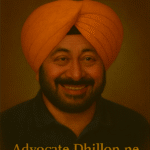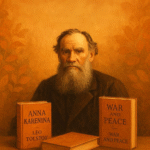Devvrat Vishwakarma: Transforming Shimla into a Street Art Museum
The Power of Art Beyond the Canvas
Painting is often seen as colour on canvas. Yet why do some images outlive lifetimes, even surpassing the worth of diamonds? The answer is simple but profound—and only a few truly understand it. This is the story of Devvrat Vishwakarma, a visual artist who moves seamlessly between intimate canvases and public walls, slowly transforming Shimla into a living street art museum.
How I First Met Devvrat—and Saw His Art Differently
Six years ago, at my first exhibition in the Gaiety Theatre, Shimla, I stood nervous and curious as visitors walked past my paintings. Most hurried through, but one man paused before every piece, not just looking but reading the work. At the end of the gallery, he quietly appreciated the effort of all three artists. That man was Devvrat Vishwakarma—a professional artist and teacher.
A year later, I attended his own exhibition in the same venue. His mountain landscapes and abstracts left me awestruck, but what stayed with me was his humility. Here was an artist of genius—deeply devoted to his craft, yet grounded in simplicity.
Five years on, Devvrat has expanded his canvas beyond galleries. His wall murals now bring colour and character to Shimla’s streets—turning blank walls into vibrant stories and public spaces into open-air galleries.
Curiosity about his journey—from delicate portraits and landscapes to city-wide murals—led me to an informal conversation with him, one that revealed not just his art but also the spirit behind it.
Devvrat Vishwakarma: Weaving Stories on Canvas and Walls
For Devvrat Vishwakarma, every blank surface holds the possibility of becoming a living story. His practice reflects harmony between colours, emotions, and the world around us, often inspired by nature, culture, and everyday life. Each painting is more than an image—it is a reflection of energy, imagination, and feeling, meant to bring beauty, peace, and inspiration into the spaces it inhabits.
Over the years, Devvrat has showcased his work in some of Himachal Pradesh’s most iconic cultural venues. His solo exhibitions include a show at the historic Gaiety Theatre, Shimla (2019) and an earlier display at the Himachal State Museum (2016). He has also participated in major group exhibitions, such as at the Roerich Art Gallery, Naggar (2017), the Gaiety Theatre, Shimla (2016), and the Kangra Art Museum, Dharamshala (2015).
Beyond exhibitions, Devvrat actively engages with the art community. In 2017, he took part in the Himachal Art Festival Workshop, organised by the Department of Language, Art and Culture, Shimla. This experience enriched his dialogue with fellow artists and broadened his exploration of form and technique.
Today, his vision extends to public art, where he continues to transform Shimla into a street art museum—a city alive with colours, stories, and shared experiences.
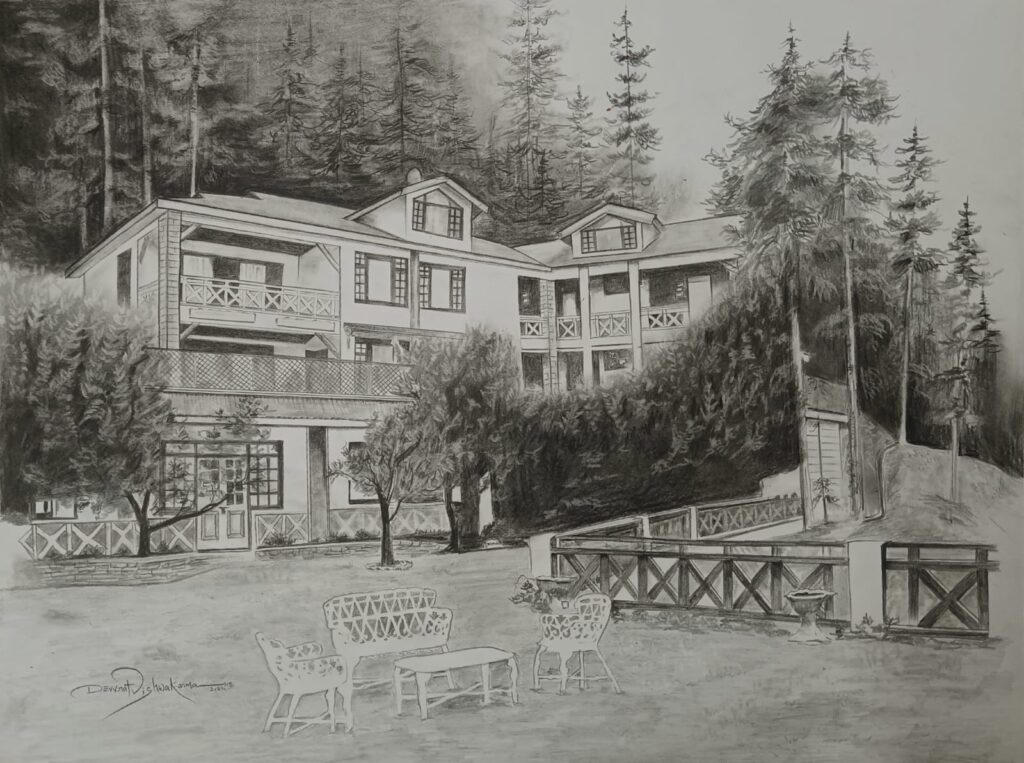
In Conversation with Devvrat Vishwakarma
Balancing Landscapes, Portraits, and Murals
Deepika: Your practice spans landscapes, portraits, and large-scale wall murals. How do you navigate these different modes of expression?
Devvrat: Each mode brings its own challenges and possibilities. In landscapes and portraits, I focus on intimacy—capturing essence through texture, light, and emotion. These works demand patience and precision, where every detail is in my control. Murals, by contrast, are expansive and public. They demand scale, energy, and interaction, not just with the wall but with the people who pass by it. Switching between them keeps my practice alive—moving from inward reflection to outward engagement.
Murals as a Dialogue with the City
Deepika: When painting murals in public spaces, how do you balance your artistic vision with the community and the city’s atmosphere?
Devvrat: I see murals as conversations between my vision and the spirit of a place. Before I begin, I try to understand the culture, history, and everyday life of the area so that the mural feels rooted. At the same time, I weave in my style, symbols, and storytelling. The balance lies in blending these two elements—remaining authentic to my voice while creating something that resonates with the people who live there. A mural is more than paint on a wall; it is a shared experience meant to uplift and inspire.
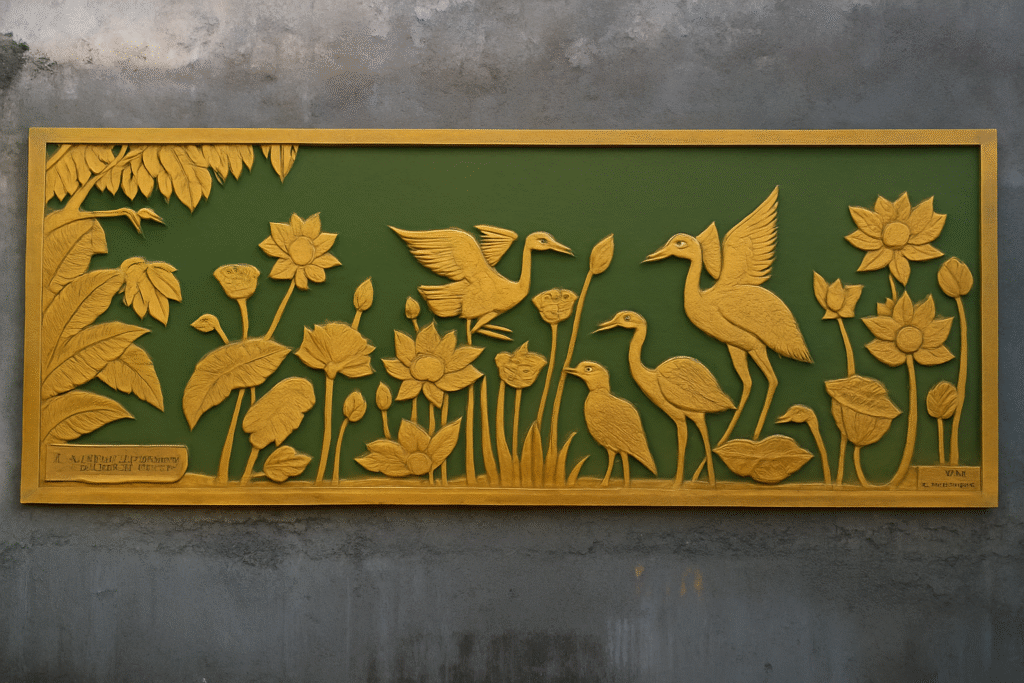
A Common Thread in Landscapes, Portraits, and Murals
Deepika: Do you see a shared thread connecting these genres?
Devvrat: Absolutely. For me, landscapes, portraits, and murals are bound by storytelling and connection. Landscapes mirror the spirit of a place, portraits preserve the essence of a person, and murals bring both together within a collective context. What ties them is emotional depth—the attempt to hold onto moments, feelings, and identities in visual form.
Public Art and Belonging
Deepika: What role do you think public art plays in shaping people’s relationship with their surroundings?
Devvrat: Public art transforms how people see their environment. Murals turn ordinary walls into living stories that spark curiosity, dialogue, and pride. They reflect identity, history, and aspiration, making people feel rooted in their surroundings. By turning streets into open-air galleries, public art reminds us that our environment is not just a backdrop to daily life—it is part of who we are.
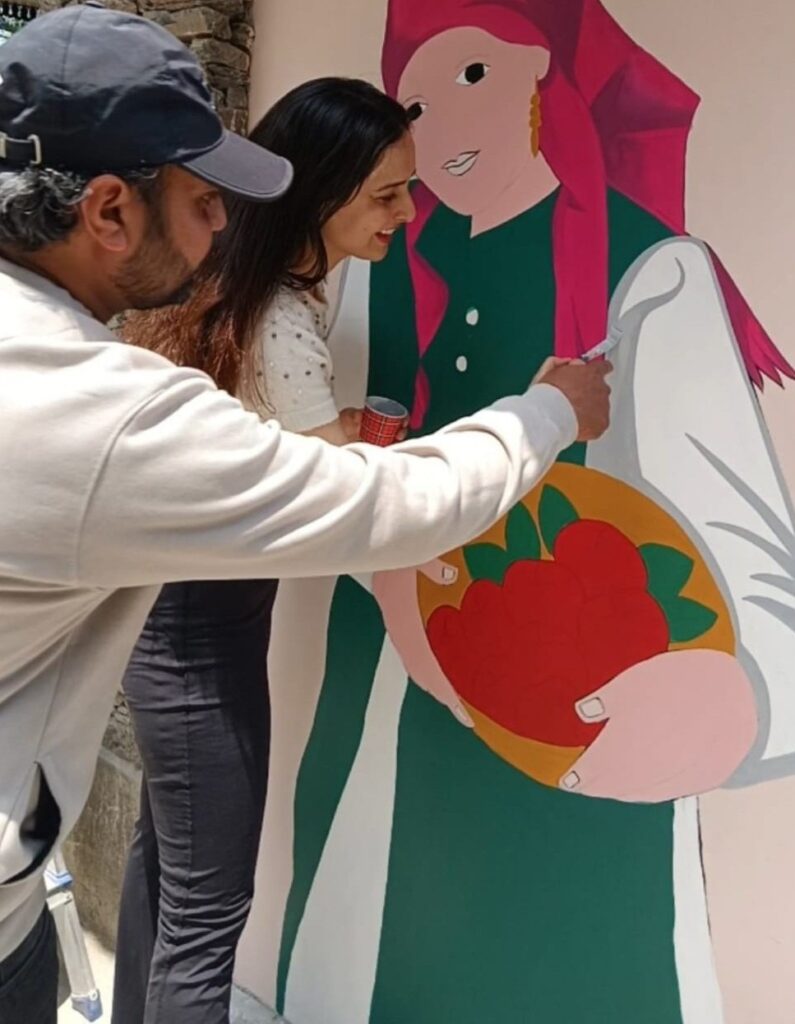
Shimla as a Street Art Museum
Meeting Devvrat Vishwakarma has been more than witnessing an artist’s journey. It has been about seeing how art shifts from canvas to community, from personal reflection to shared experience. His landscapes, portraits, and murals all carry the same thread of storytelling, reminding us that art is not confined to galleries but thrives wherever it is allowed to breathe—on walls, in streets, and within people’s hearts.
In many ways, Devvrat’s work is slowly turning Shimla into a street art museum—a place where silence becomes dialogue and blank spaces transform into stories that continue to grow long after the paint has dried.
Important Links:
Also Read:

